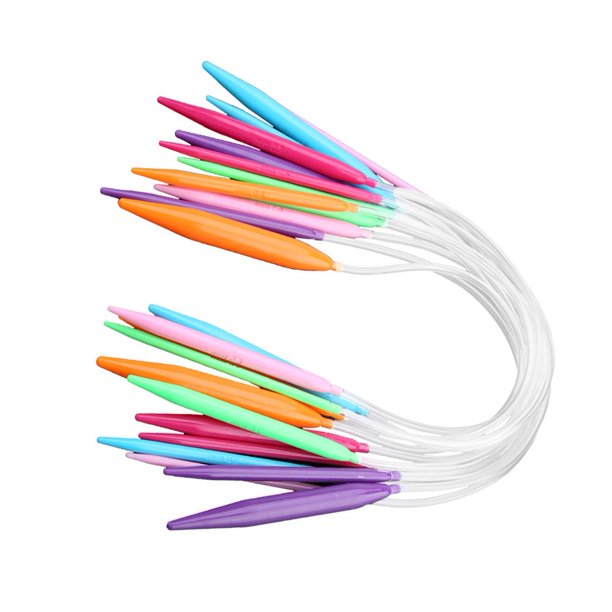
Interchangeable knitting needles have become increasingly popular among knitters in recent years. These versatile needles allow you to switch out different needle sizes and cable lengths, making them a great choice for projects that require multiple needle sizes or for knitters who want to build a collection of high-quality needles. However, like any knitting tool, there are pros and cons to using interchangeable knitting needles.
Pros:
Versatility
One of the biggest advantages of interchangeable knitting needles is their versatility. With just one set of needles, you can have access to a range of needle sizes and cable lengths. This can be especially helpful for larger projects that require multiple needle sizes or for knitters who like to have a variety of needle sizes on hand for different projects.
Space-Saving
Interchangeable knitting needles can also be a space-saving option for knitters who don’t have a lot of storage space. Instead of having to store multiple sets of needles, you can store just one set of interchangeable needles and switch out the needle size as needed.
Cost-Effective
While interchangeable knitting needles can be an investment upfront, they can also be cost-effective in the long run. Instead of having to purchase multiple sets of needles, you can purchase just one set of interchangeable needles and add to your collection as needed. This can save you money over time, especially if you knit frequently.
Customizable
Many sets of interchangeable knitting needles come with different cable lengths and needle sizes, allowing you to customize your needles to suit your specific project needs. This can be especially helpful for larger projects that require longer cables or for projects that require specific needle sizes.
Cons:
Initial Investment
One of the biggest drawbacks of interchangeable knitting needles is the initial investment. They can be more expensive than traditional fixed needles, which can be a barrier for some knitters. However, it is important to remember that the initial investment can be cost-effective in the long run.
Compatibility Issues
Compatibility can also be an issue with interchangeable knitting needles. Not all interchangeable needles are compatible with all cables, and not all cables are compatible with all needles. This can be frustrating for knitters who have invested in a set of needles only to find out that they are not compatible with a particular cable.
Quality Concerns
The quality of interchangeable knitting needles can also be a concern. Some knitters have reported issues with the needles coming unscrewed while knitting, or with the cables breaking or kinking. It is important to invest in a high-quality set of interchangeable needles to avoid these issues.
Limited Needle Lengths
While interchangeable knitting needles can come with a range of needle sizes, they are typically only available in a limited range of needle lengths. This can be a concern for knitters who prefer longer or shorter needle lengths.
Tension Differences
Finally, some knitters have reported tension differences between traditional fixed needles and interchangeable needles. This can affect the gauge and fit of your finished item. It is important to swatch with your interchangeable needles to ensure that you are achieving the desired gauge and tension.
In conclusion, interchangeable knitting needles have their pros and cons. While they offer versatility, space-saving, cost-effectiveness, and customization, there are also concerns around initial investment, compatibility, quality, limited needle lengths, and tension differences. It is important to weigh these factors when deciding whether or not to invest in a set of interchangeable knitting needles. Ultimately, the decision will come down to your personal knitting preferences and needs.